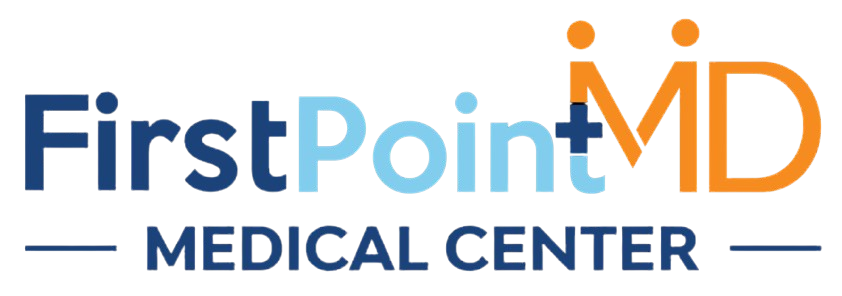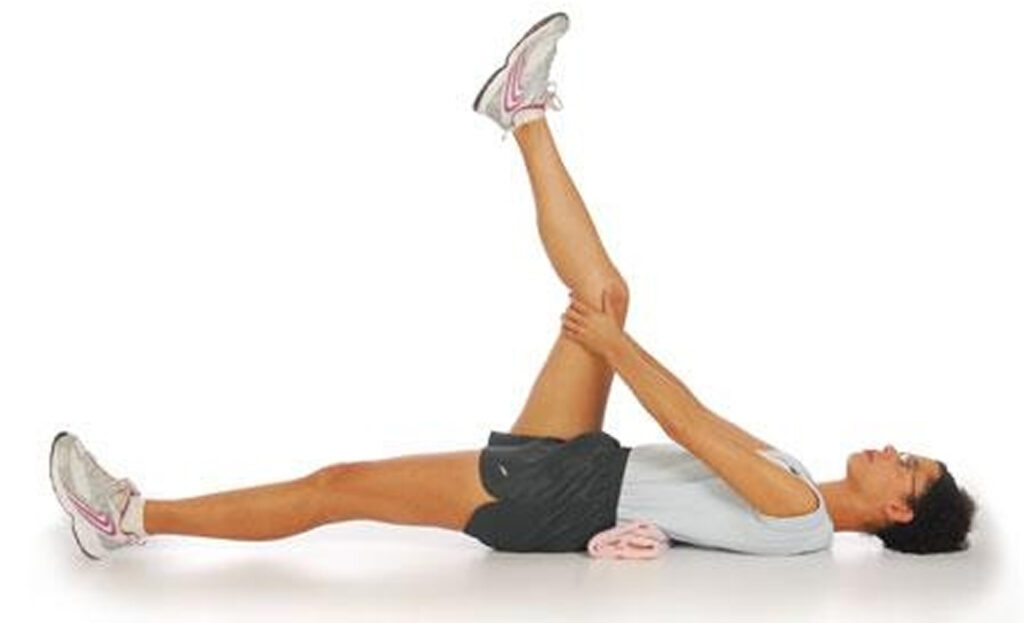A hamstring injury can be frustrating, whether you’re an athlete or someone who simply enjoys staying active. A fast recovery is essential to get back to your daily routine and prevent long-term complications. Understanding the right steps for hamstring healing can make a significant difference in your recovery timeline.
At FirstPointMD, we specialize in comprehensive care for musculoskeletal injuries, including hamstring strains and tears. In this guide, we’ll explore effective recovery techniques, treatment options, and expert tips to help you heal as quickly as possible.
Understanding Hamstring Injuries
Hamstring injuries range from mild strains to complete tears, and the severity of the injury determines the recovery time.
Common Causes of Hamstring Injuries:
- Overstretching – Extending the muscle beyond its natural range
- Sudden movements – Sprinting, jumping, or quick directional changes
- Muscle fatigue – Overuse or insufficient rest
- Lack of warm-up – Cold muscles are more prone to injuries
Hamstring Injury Grades:
- Grade 1: Mild strain with minimal discomfort
- Grade 2: Partial tear causing moderate pain and swelling
- Grade 3: Complete tear with severe pain and difficulty moving
Immediate Treatment: The RICE Method
The RICE (Rest, Ice, Compression, Elevation) method is crucial in the first 48 hours after injury:
✔ Rest – Avoid activities that strain the hamstring.
✔ Ice – Apply ice packs for 15-20 minutes every few hours.
✔ Compression – Use an elastic bandage to minimize swelling.
✔ Elevation – Keep the leg elevated to reduce fluid buildup.
Physical Therapy and Rehabilitation
Key Exercises for Hamstring Recovery
Performing gentle stretches and strengthening exercises can speed up healing and prevent re-injury.
- Seated Hamstring Stretch – Sit with one leg extended and reach toward your toes.
- Hamstring Bridges – Strengthen the muscles by lifting your hips while lying down.
- Standing Leg Curls – Gently bend your knee to activate the hamstring.
- Foam Rolling – Helps release tension and improve circulation.
Advanced Treatments for Faster Healing
For moderate to severe injuries, additional treatments may be necessary:
- Physical Therapy – A structured rehabilitation program tailored to your needs.
- Massage Therapy – Reduces stiffness and improves blood flow.
- Electrotherapy – Stimulates muscle healing and pain relief.
- Platelet-Rich Plasma (PRP) Therapy – Uses growth factors to accelerate tissue repair.
Preventing Future Hamstring Injuries
Preventing re-injury is just as important as recovery. Follow these injury-prevention strategies:
- Warm up properly – Engage in dynamic stretching before workouts.
- Strengthen supporting muscles – Focus on glutes, quads, and core stability.
- Maintain flexibility – Regular stretching improves muscle elasticity.
- Avoid overtraining – Give your muscles time to recover between workouts.
When to Seek Medical Attention
If you experience any of the following symptoms, seek medical evaluation at FirstPointMD:
- Persistent swelling and bruising
- Severe pain when walking or standing
- Inability to straighten the leg
- No improvement after two weeks of self-care
How FirstPointMD Can Help You Recover
At FirstPointMD, we provide personalized treatment plans for hamstring injuries, ensuring a smooth and speedy recovery.
???? Location: 271 Jericho Turnpike, Suite 1002, Floral Park, NY
???? Phone: 718-608-6182
???? Website: firstpointmd.com
FAQs
How long does it take to recover from a hamstring injury?
Recovery time depends on the severity:
- Mild strains: 1-2 weeks
- Moderate strains: 3-6 weeks
- Severe tears: 2-3 months or longer
Should I continue exercising with a hamstring injury?
No, you should rest and avoid strenuous activity until your doctor clears you.
Can I use heat therapy for hamstring recovery?
Yes, but only after 48 hours. Use ice initially to reduce swelling, then switch to heat to relax the muscles.
What are the signs that my hamstring is healing?
Reduced pain, improved flexibility, and the ability to move without discomfort are positive healing indicators.
Is surgery ever needed for a hamstring injury?
Surgery is rare and only recommended for complete hamstring tears.
Can diet help speed up my hamstring recovery?
Yes! Protein-rich foods, vitamin C, and omega-3 fatty acids aid in muscle repair.
Conclusion
Healing a hamstring injury requires proper care, patience, and a structured recovery plan. By following these expert tips and seeking professional guidance when needed, you can return to your active lifestyle faster and stronger.
At FirstPointMD, we’re here to support your recovery every step of the way. Contact us today for expert medical care!


